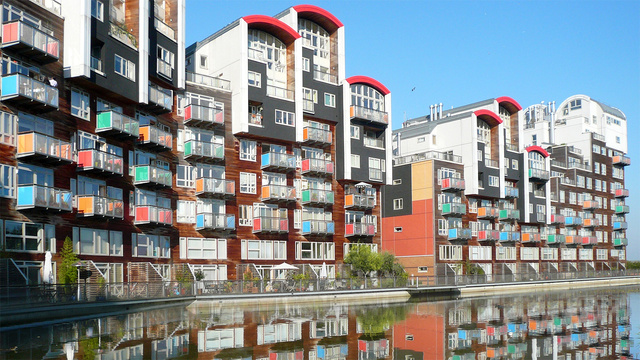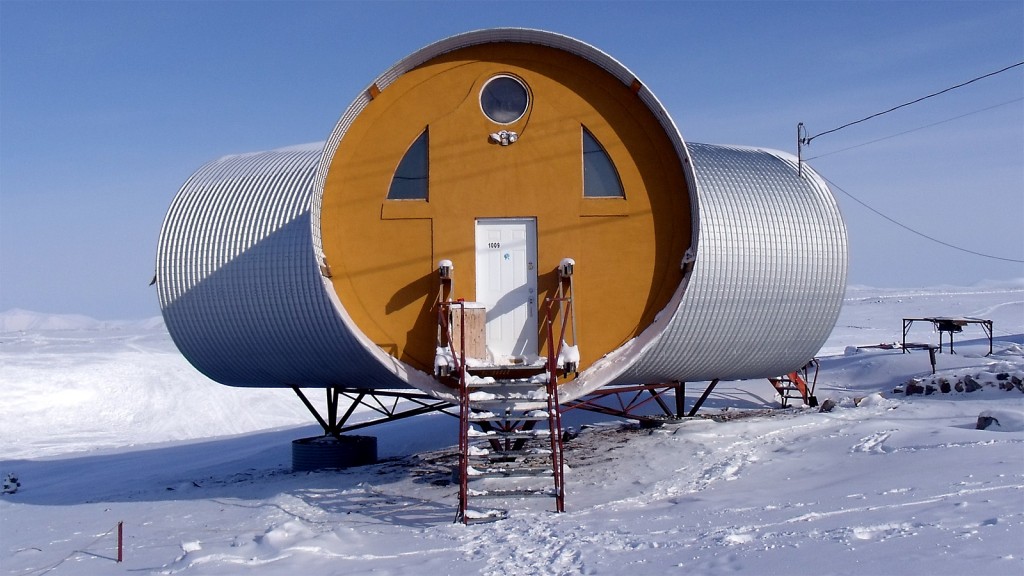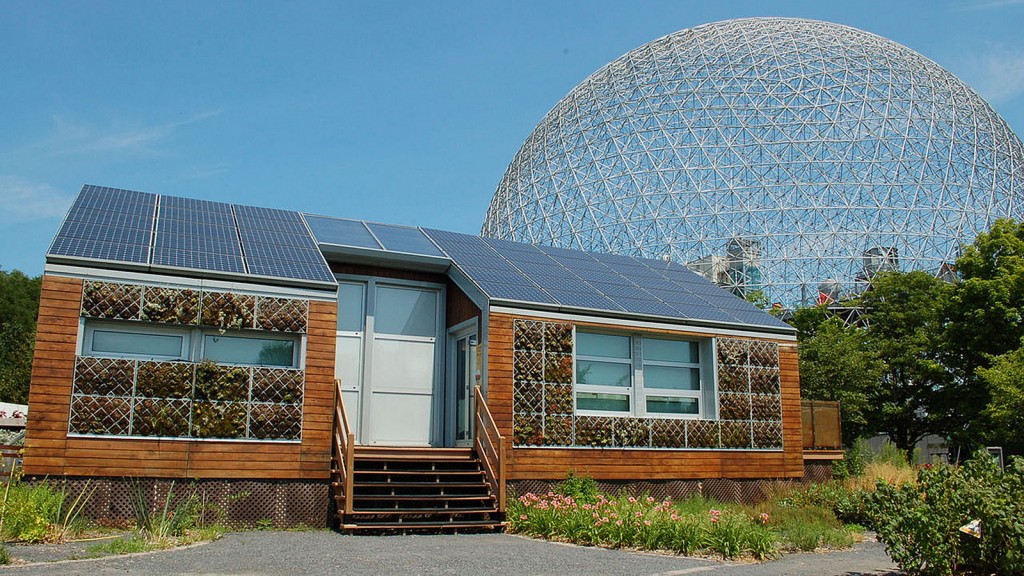You’d think that the market being down in the dumps would be something to worry about, but according to new theories put forth by several economists this could be somewhat of a God-send for real estate recovery.
Like we were saying in our post ‘Collaborative Recovery’, in order for the real estate market to recover, we need to see participation from all areas of society rather than the elite. Well, prices being as low as they currently are could in fact be what we’re looking for to jump-start the climb out of the market’s shriveled state. Couples, young families, or whomever else, have now been granted the opportunity of a low-cost housing index (for the most part) which is exactly the type of stimulus the market needs to recover. The low prices could very well be the icing on the cake for a lot of potential young buyers, who may otherwise not have been able to afford a home. Now that mortgage rates are so low and housing prices having practically never been lower (at least for quite some time), we may finally start to see the collaborative initiative required for a wholesome market recovery.
Through this, theories are also being put forth suggesting that the Canadian market won’t take a second dive like our neighbours to the South as statistics put forth suggesting a second crash were in fact misconstrued and did not account all factors, especially when compared to the US market. For example, the debt-to-income ratio, when compared to the US, didn’t take into account the amount of extra benefits Canadians receive through their debt such as healthcare and other subsidized services that the US doesn’t provide, therefore weighting economic predictions in a direction that may not be entirely comparable after all.
The only way to tell if any of these theories come true, is of course time. However, the prospects being put forth don’t seem shy of being on the right track…we hope.
For more real estate and environmental news, follow us on Twitter @enviromint.
image courtesy of USACE-Sacramento District



